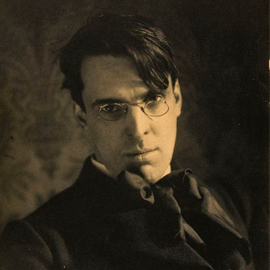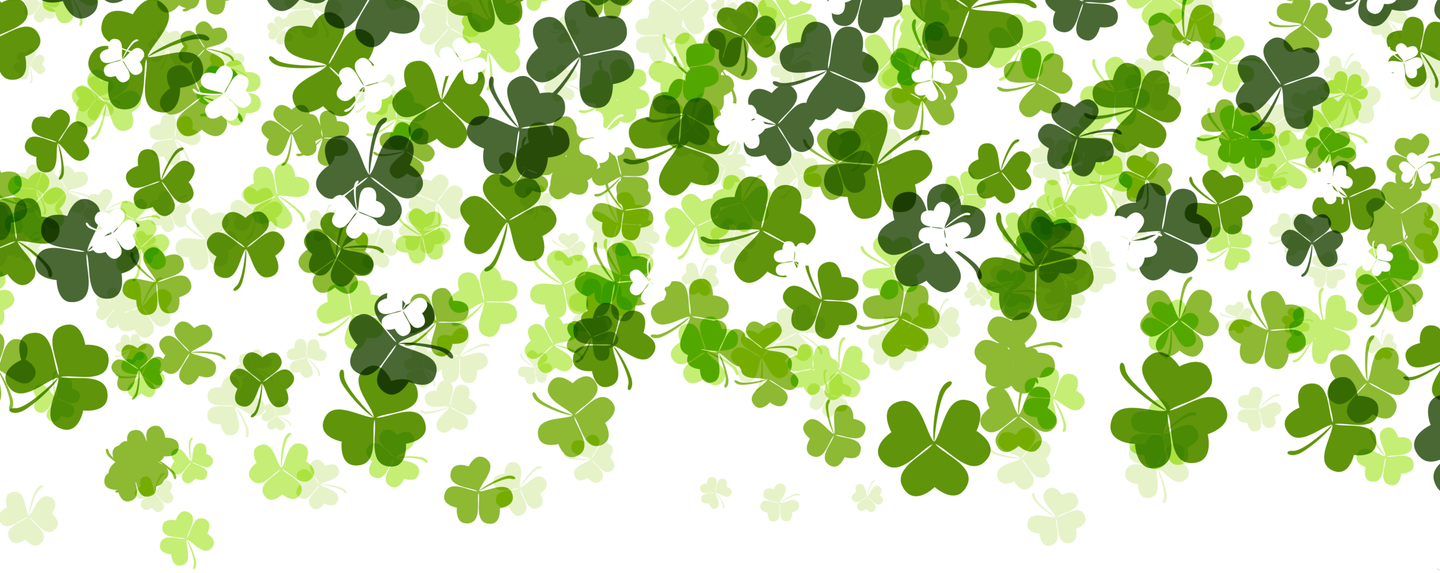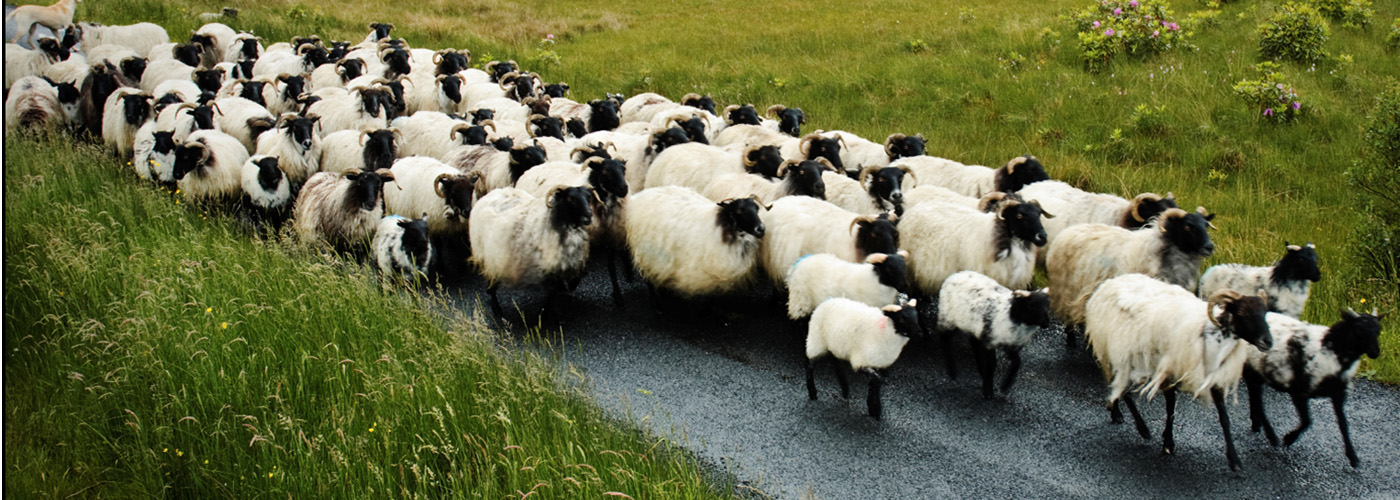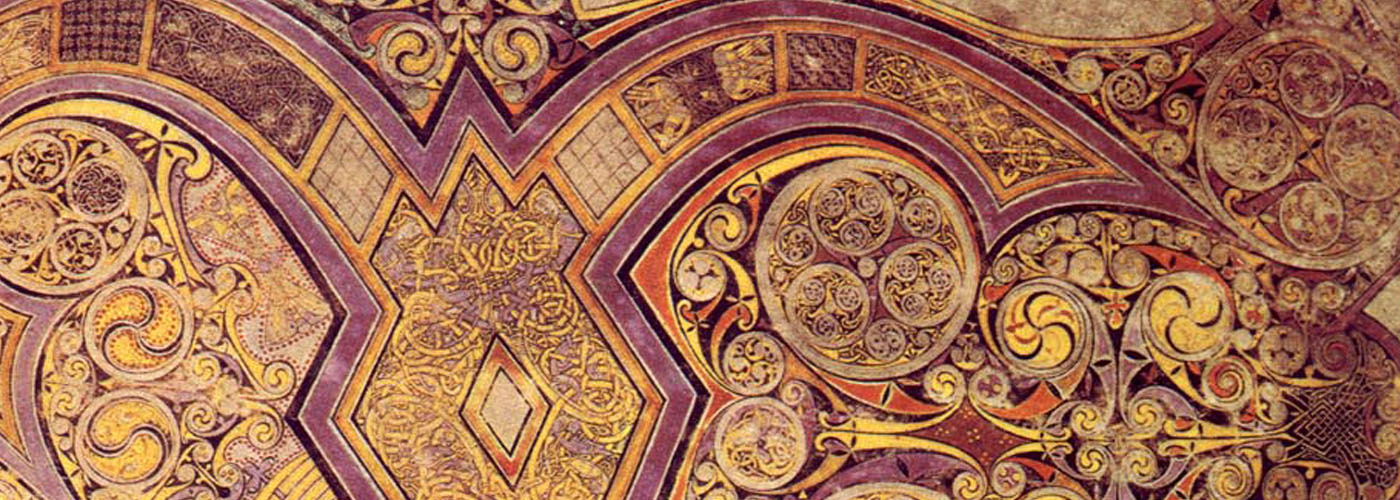“The wind on the sea bore a strange melody of an island that sings.” – Dora Sigerson

by Adrian Patterson, The Irish Times, Feb 9, 2015
It is hard to imagine that revolutionary decade without him. Those repeating the lines “Romantic Ireland’s dead and gone,/ It’s with O’Leary in the grave” sometimes forget that September 1913, first published in this newspaper, is an impassioned defence of modern art, a frontal attack on those who thought progress was a new road bridge over the Liffey and breaking the unions rather than workers’ rights and a free public gallery.
Easter 1916 commemorates the rebels’ sacrifice but questions it too, painfully acknowledging the ambiguity of founding a state on violent insurrection. The War of Independence sparked the savage Nineteen Hundred and Nineteen, which condemns violence against the person and against art, yet acknowledges our thirst and culpability for both.
These poems may name dates but have not become dated. Like them, The Second Coming knows intimately the horrors of the 20th century, perhaps explaining the poem’s prescience even today. Slavoj Zizek is among countless public figures to cite it, arguing in response to the recent Parisian murders that it “seems perfectly to render our present predicament: ‘The best lack all conviction, while the worst are full of passionate intensity’.”
Meditations in Time of Civil War, meanwhile, wrests from the Troubles a lyric Seamus Heaney felt still mattered: its refrain “O honey-bees – Come build in the empty house of the stare” pleads for peace to a deafened world.
That bloody decade made Ireland, but it also made Yeats as a poet. Facing a new reality he turned a personal midlife crisis into spare, unflinching public poems whose powerful lines and pressing concerns still sound like tolling bells.
However we think of Yeats, poetic achievement must be at the heart of any commemoration. But Yeats was more than a poet. He was a cultural revolutionary who became a cultural entrepreneur. He began things, co-founding the Abbey Theatre, the Irish Literary Society and, with his talented family, the Cuala Press, producing designs and books from a single hand-press in Dublin.
He was anything but a solitary dreamer: his collaborations with musicians, actors, dramatists, stage designers, folklorists, journalists, artists, dancers, printers, occultists, broadcasters and lovers are reflected in the vibrant range of celebratory events on offer.
A disturbing late flirtation with authoritarian politics remains rightly controversial and must cause us to reflect on the role of the arts in a democratic society. As a working politician, however, Yeats was a liberal and his conception of the nation strikingly diverse. As a senator he promoted Irish-language research, while questioning compulsory Irish. Citing cross-Border unity and minority rights he argued for long-established rights to divorce, only recently restored.
Defender of free speech
He defended free speech against religious interests, denouncing censorship and mocking the new State’s “committee for evil literature”. He was in principle a European, trading in a global artistic currency; but in practice a localist, insistent on self-determination. The coinage commission he chaired produced animal designs that lasted until the coming of the euro.
His poems honour the Irish landscape. You might even say his shade balefully haunts our ghost estates: an alternative to profligate new-builds and property booms is shown by the careful restoration of a Hiberno-Norman tower in Galway with local labour and materials, wood, thatch, ironwork, and slates. This year of all years it must be hoped the Yeats Thoor Ballylee Society receives support for its reopening.
WB Yeats was a vortex of energy, a protean, recalcitrant, joyous figure who believed in the value of art to shape a nation and to change the world. Perhaps, for a year, we should join this dead poet’s society and see what happens.









